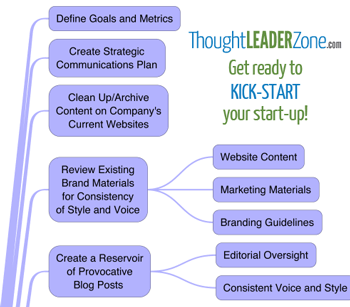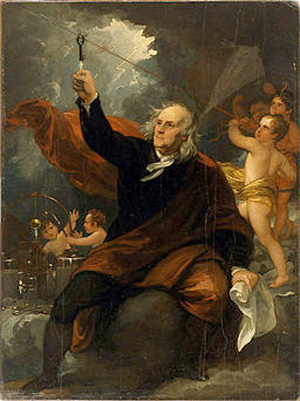As a thought leader, you may find it more difficult to build your reputation internally than externally. Think, for example, about the saying that ”Genius is never recognized on its own soil.” Your communications team can and should help you build your professional brand internally while they work on developing your reputation in the industry.
My husband trained as an engineer and uses a great metaphor about electricity when he coaches team leaders. Applied to communications, these message-multiplier teams can help to electrify your organization in three ways. At the least, communications teams are transistors or transformers. At their best, they are transducers of the energy inside their organization.
Transistor teams simply send out messages like radio signals, rather than acting like radar, which also listens for responses. This is the least effective of the three ways to communicate internally.
A transformer communications team takes the same energy inside the organization and
At the least, communications teams are transistors or transformers. At their best, they are transducers of the energy inside their organization.
boosts it up or steps it down as appropriate to the situation. When false rumors are floating around inside an organization, for instance, a transformer team might communicate hard facts to take the energy out of the watercooler discussions. Or when a new sales campaign is launched, the transformer team might energize their employees with an electrifying communications campaign.
The third, most effective way to electrify your organization is by establishing a transducer communications team that will create a different form of energy within your company. Transducers will convert the strategic energy that exists at the top of the organization and the operational energy and dedication of the employees into a new energy source to drive the company.
Do you have transistor, transformer or transducer communications teams to help electrify your organization? Ask, assess then act. We’re here to help!
See related post: Sending the right and wrong signals
 If the only thing holding you back from being a more active thought leader is time to write, Thought Leader Zone can offer you an effective solution.
If the only thing holding you back from being a more active thought leader is time to write, Thought Leader Zone can offer you an effective solution.







 A recent article
A recent article